
The Art of Non-Alcoholic Spirits
blog
For decades, spirits and cocktails have fostered a culture of craft, connection, and celebration. But over time, cocktail culture has evolved far beyond the buzz!
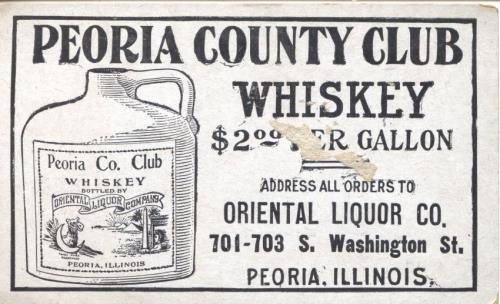
Written by John Raiona, Executive Bourbon Steward.
As Kentuckians, we are proud of our bourbon heritage — and we should be! After all, 95% of the world's bourbon supply is produced right here in the Bluegrass State. However, you might be surprised to learn that in the mid-to-late 19th century, there were many who believed that the whiskey capital of the world was actually Peoria, Illinois. Why? It all starts with the formation of The Whiskey Trust.
The Distillers' & Cattle Feeders' Trust (known later as The Whiskey Trust) was formed in 1887. At the time of its founding, Peoria was home to 12 distilleries — more than any other city in the country. The largest of these was Great Western Distillery, owned and operated by a businessman by the name of Joseph Greenhut.
Greenhut was inspired by John D. Rockefeller's Standard Oil Trust and used it as a model to create his own for the distilling industry. He accomplished this by merging Great Western Distillery with several other distilleries across Indiana, Pennsylvania, and many more in Illinois.
As president, Greenhut's primary objective for The Trust was to gain control of the distilling industry and its pricing, limit production industry-wide to reduce competition, and protect profits for its members. For many years, it was able to do just that.
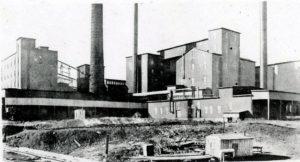
The Whiskey Trust proved profitable during its first few years and used its success to encourage other distillery owners to join.
When a distillery did enter the organization, The Trust would take charge. New members would have their distillery management structure completely overhauled, allowing The Trust to effectively claim authority; so while the original owner would continue to manage the distillery, they were ultimately considered an employee serving under The Trust.
If a distillery did not volunteer to become a member of The Trust, other less savory strategies were reported to be utilized. One involved allegedly moving into the community where a target distillery was located and undercutting its prices. Essentially this would put pressure on the distillery owner to either join The Trust or be put out of business.
In addition to these types of exploitative tactics, The Trust was allegedly not above resorting to shows of force. For example, when the H. H. Shufeldt distillery in Chicago refused membership, dynamite was used to bomb its facilities. While The Trust was suspected and accused of having a part in the crime, official charges were never filed. However, it's interesting to note that sometime thereafter, Trust Secretary George Gibson was arrested for attempting to blow up one of the vats at the same distillery.
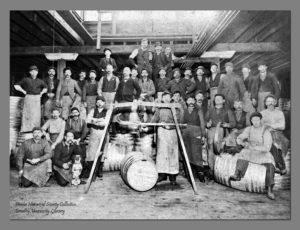
On July 2, 1890, Congress passed the Sherman Anti-Trust Act. The act was aimed at stopping monopolistic business practices such as those allegedly used by The Whiskey Trust. In the face of this ban, The Trust re-organized and emerged anew as The Distilling and Cattle Feeding Company.
Greenhut left the company in 1895 when legal and financial problems forced it into receivership. Sometime thereafter, it once again re-organized to become The Kentucky Distillers and Warehouse Company, established as the subsidiary of The Distillers Security Company which later changed its name to the US Food Products Corporation.
Following Prohibition, The American Medicinal Spirits Company was formed to manage the concentration warehouses under the Liquor Concentration Act of 1922. It was responsible for bottling whiskey for prescription sales and purchased The Kentucky Distillers and Warehouse Company in 1927. In 1929, The American Medicinal Spirits Company was acquired by National Distillers. Several decades later in 1987, it was finally purchased by Beam Imports, now Beam Suntory.
Despite a rocky beginning followed by a series of re-brands, acquisitions, and Prohibition, some parts of The Whiskey Trust have continued to survive. While its origin represents one of whiskey history's darker chapters, it also serves as a lesson and provides a great example of the growth, tenacity, and perseverance this competitive industry is best known for today.
Written by John Raiona, Executive Bourbon Steward.

blog
For decades, spirits and cocktails have fostered a culture of craft, connection, and celebration. But over time, cocktail culture has evolved far beyond the buzz!
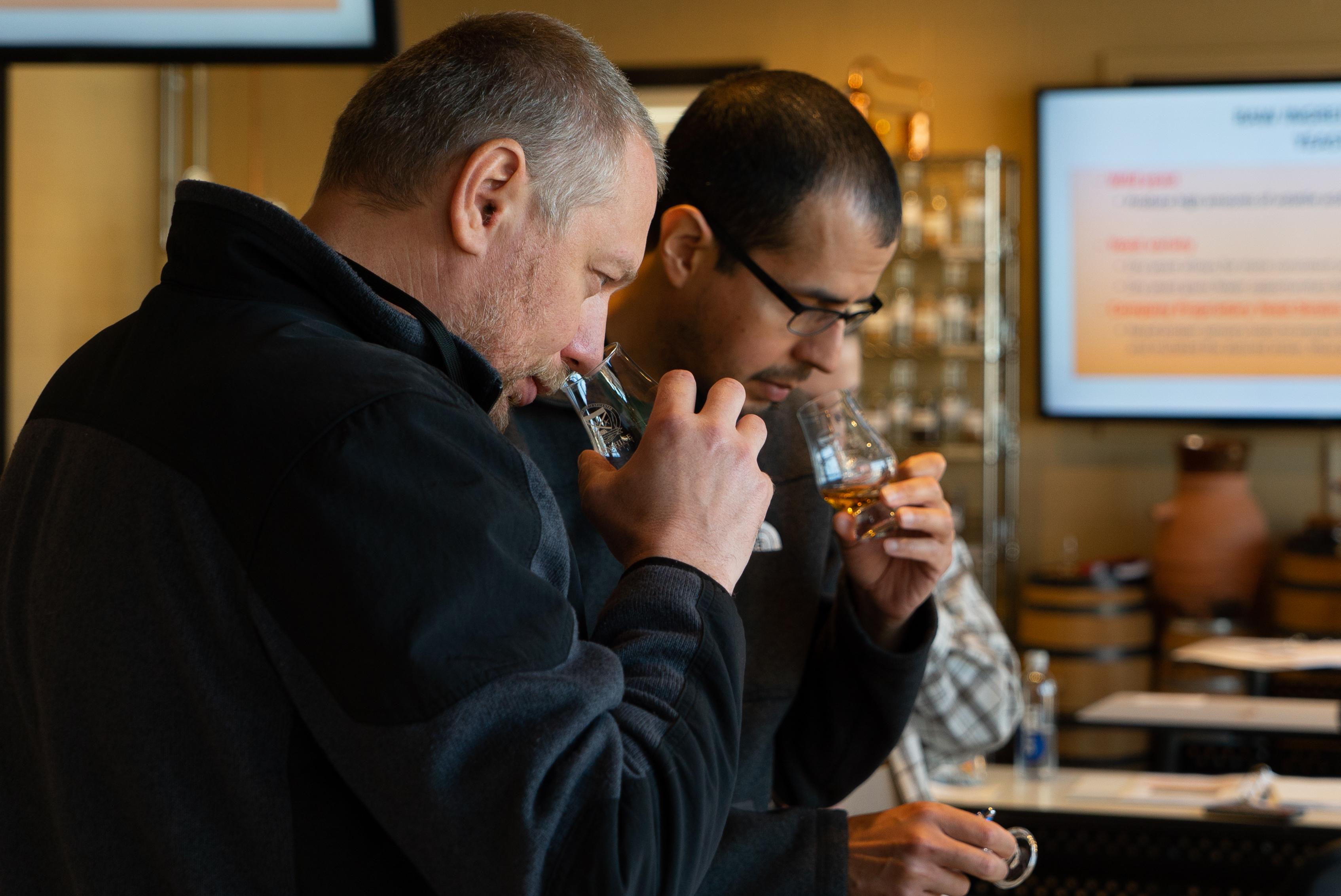
blog
Those that are familiar with the process of crafting distilled spirits may also be familiar with the 10 common congeners that are created during fermentation, and honed during the distillation run. Each congener has its own distinct personality, rendering unique tastes and aromas to the finished spirit.
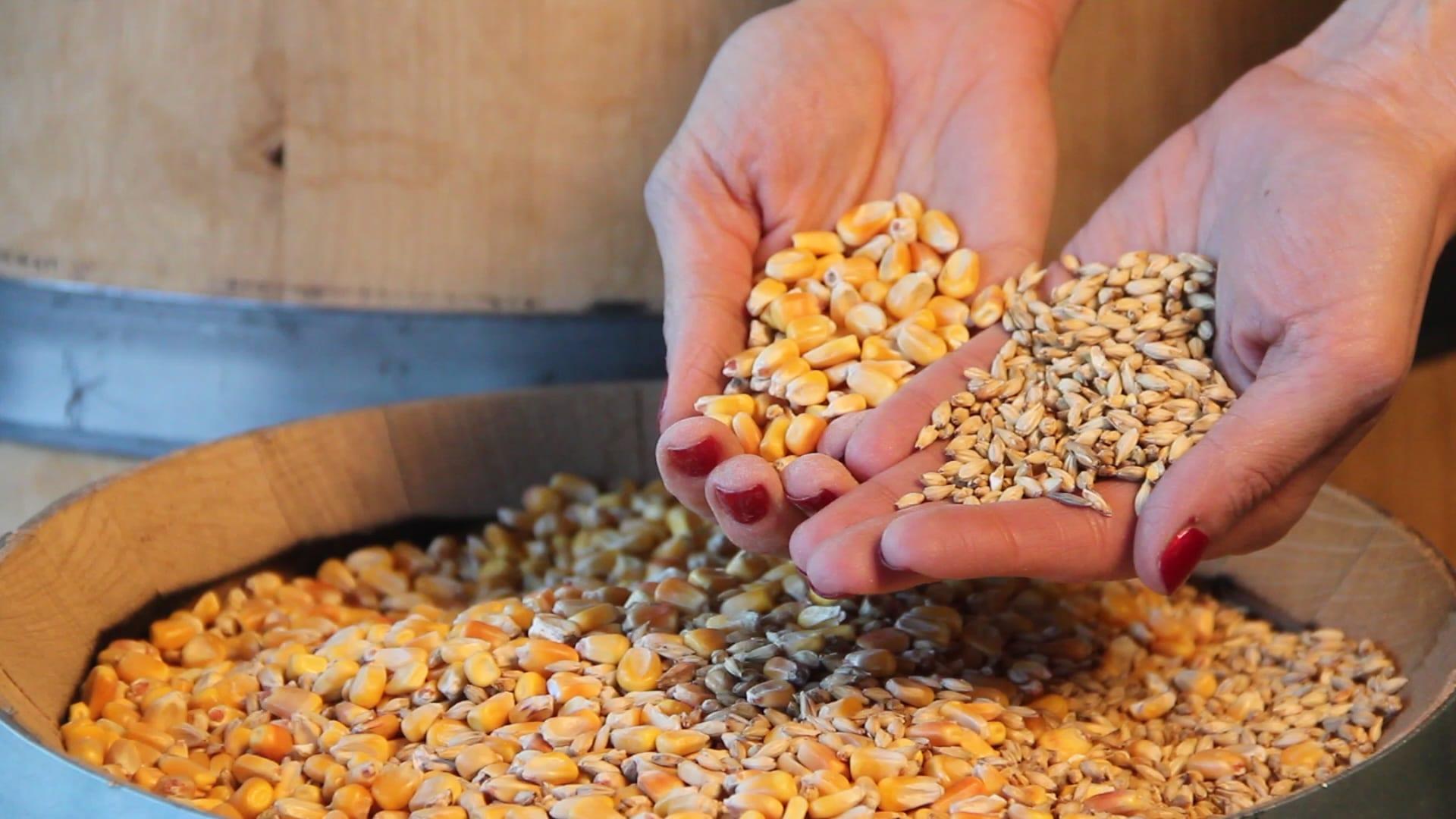
blog
So, you want to start distilling with freshly milled grain. Maybe you're tired of paying top dollar for the pre-milled stuff from the malt distributor, and you're ready to invest in the quality, efficiency, and bulk pricing that comes with milling your own whole grain. But where do you start?